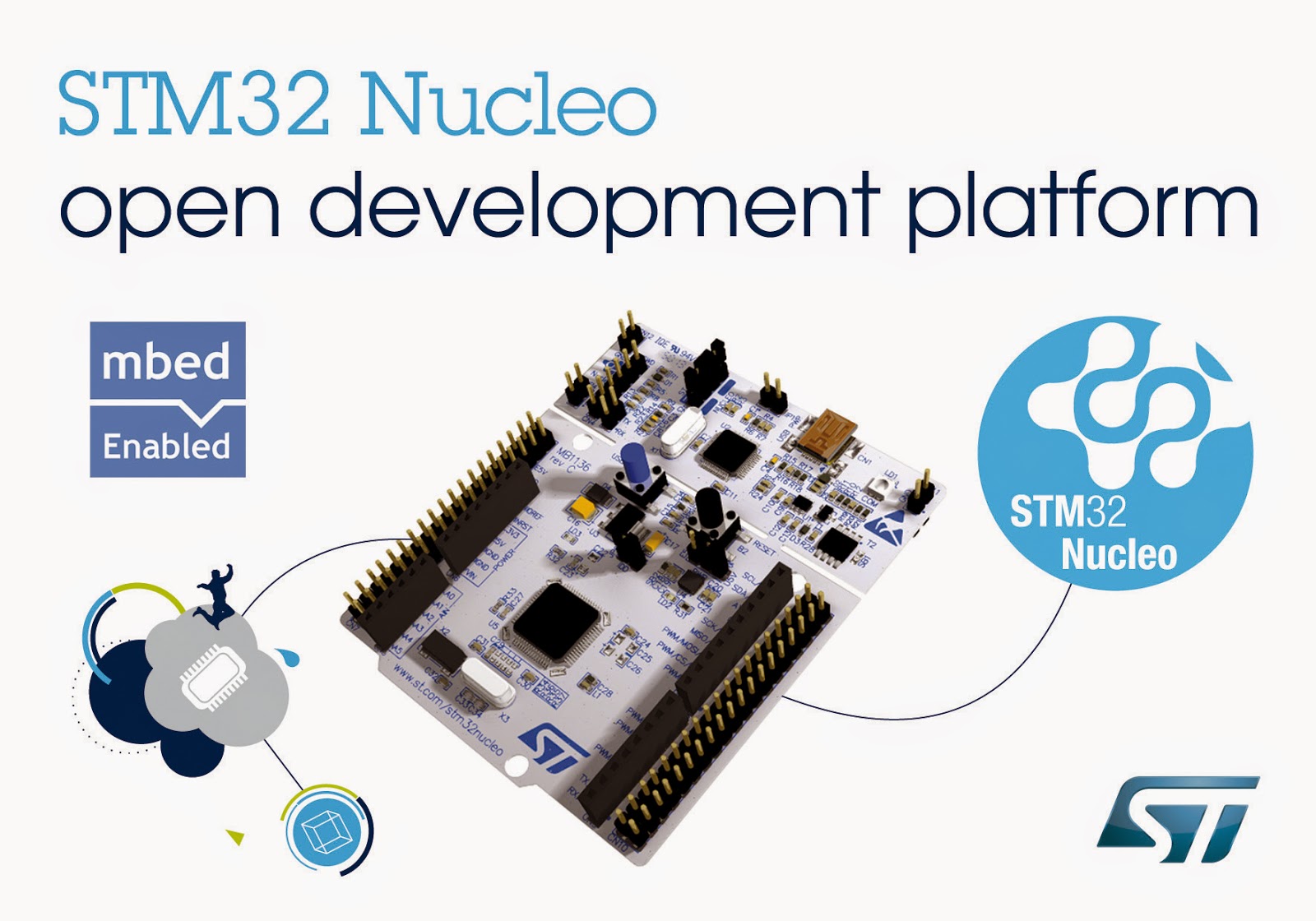


the execution of a RTOS-based program without communications among three tasks will be presented first.This situation may allow a medium priority task M to run, delaying the execution of H. For example, L holds a semaphore that H must wait to continue executing. In this post, a Segger J-Link Edu probe and Percepio TraceAnalyzer are used.Ī common bug in RTOS-based applications is priority inversion, that occurs when a high priority task H is indirectly preempted by a low priority task L. Frequently you must employ advanced debugging tools allowing the examination of the system’s inner behavior very closely, with minimal intromission. Printing messages as a debugging tool is very limited and intrusive. Last but not least, the parallel nature of the RTOS-based applications makes the code debugging a difficult task. Also, the embedded systems developer needs to learn how the use of the RTOS itself, like its configuration and the API functions for controlling tasks and communicating between them. Developers should start by using rate monotonic scheduling (RMS) to get a general feel for whether their periodic tasks can be scheduled successfully. … Continue reading. Runtime priorities and periods must be assigned to tasks: it is not immediately obvious what the best solution is Selecting task priorities can be a challenge. An RTOS-based application uses tasks running in parallel that are interacting and competing for resources. However, learning to use an RTOS is not easy.
#Nucleo f401re arm programming software
In addition, a RTOS enables easier software modularization and reusability, thus improving software development productivity as well as improved system reliability. An RTOS typically provides a hard real time response, providing a fast, highly deterministic reaction to external events. A real-time operating system (RTOS) provides:įacilitating the creation of complex applications.


 0 kommentar(er)
0 kommentar(er)
